Chinese LEDs light up Latin America
Updated: 2014-04-14 05:36
By Zhang Fan in Beijing (China Daily Latin America)
|
|||||||||
Chinese LED manufacturers view the 2014 FIFA World Cup as a "particularly good" opportunity to enter the Brazilian and Latin America LED lighting market, the president of the China Solid State Lighting Alliance, Wu Ling, said recently.
Wu made the remarks when three leading Chinese LED companies signed large contracts to produce displays for the 2014 World Cup in Brazil. These displays will be installed in major stadiums, including the Brasilia National Stadium.
"China's LED industry is getting much stronger over its years of development, and the country has become the best LED display producer in the world. Compared with traditional manufacturers, our products are not only cheaper but have better qualities," Wu said.
The scale of China's LED lighting industry reached 257.6 billion yuan in 2013, up 34 percentage points over 2012. LED exports also increased rapidly, with 50 percent of total production in 2013 shipped overseas, according to China customs statistics.
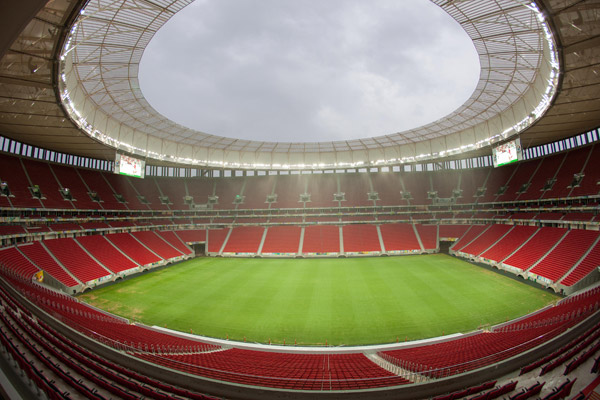 |
|
Providing LEDs to venues like the National Stadium Mane Garrincha in Brasilia, Brazil, is providing Chinese manufacturers with a foothold in Latin American markets. XINHUA |
The rapid growth was a result of the Chinese government's encouragement of the industry's development. It established the alliance in 2004 to provide technical support and unite the large number of Chinese LED companies, which are mostly small or middle-sized.
"Now we have more than 400 member companies in China, covering about 80 percent of China's domestic market. The alliance helped these companies in developing common standards and core technologies, and guaranteed the healthy development of China's LED industry," Wu said.
Currently, the European Union is the largest export market for China's LED lighting products, with new emerging markets such as BRICS countries ranking the fourth — Brazil, Russia, India, China and South Africa.
"The European and United States' markets are already very mature and have lots of traditional LED brands, so it is hard for Chinese LED companies to enter. Compared with these markets, Latin America is relatively new and easier for us to cooperate with local companies," Wu said.
"Chinese companies want to export more high-value-added products especially the products with advanced technologies developed by ourselves. Latin America is a very important market for us to reach this goal. It has large potentials," she added.
In the 2012 and 2013 summits held by the International Solid State Lighting Alliance, representatives from Brazil expressed willingness to cooperate with China and other BRICS countries to develop their industry.
"For this market, we will not simply export the LED products but will focus more on establishing the strategic partnership with local companies, and provide a series of services including staff training and scientific research," Wu said.
According to the alliance, Brazil imports about 300 million light bulbs every year, 5 percent of which are LED products. That figure is expected to grow in the wake of a series of bans of incandescent light bulbs.
The United States announced in 2014 that it will no longer produce or sell incandescent bulbs of 60 watts and 40 watts, making it the fifth country to announce such a ban after Australia, Canada and the European Union.
"It is a trend. LED lighting is not simply about energy saving. It will bring an industrial revolution. We have exchanged views with the Brazilian government and industry representatives about it. Facing the challenge of climate change, each country wants to apply more sustainable technologies, and LED lighting fits that requirement," Wu said.
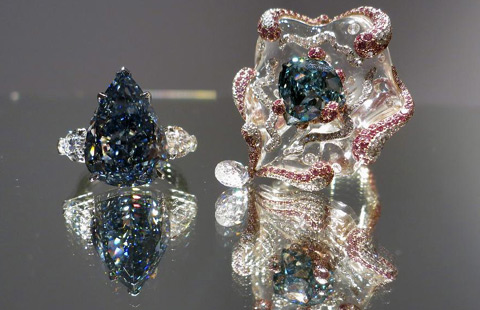
 Christie's to auction dazzling diamonds
Christie's to auction dazzling diamonds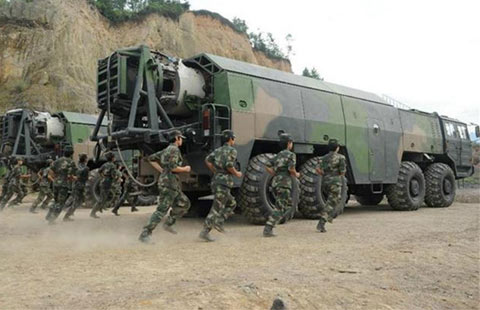
 Women's missile unit joins China's army
Women's missile unit joins China's army
 Coldest marathon: a song of ice and fire
Coldest marathon: a song of ice and fire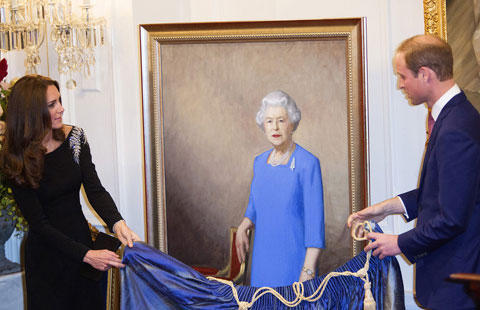
 Prince William, Kate unveil portrait of Queen Elizabeth
Prince William, Kate unveil portrait of Queen Elizabeth
 Hagel gets recipe of goodwill
Hagel gets recipe of goodwill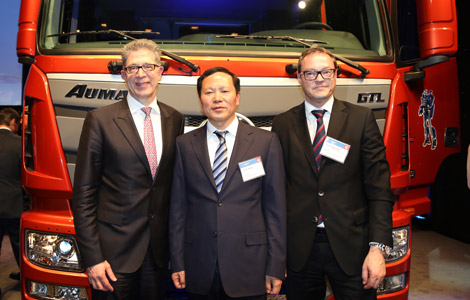
 US, China firms team up on green truck play
US, China firms team up on green truck play
 21 injured in Pennsylvania school
21 injured in Pennsylvania school
 Bakers perform with dough in pizza championships
Bakers perform with dough in pizza championships
Most Viewed
Editor's Picks

|
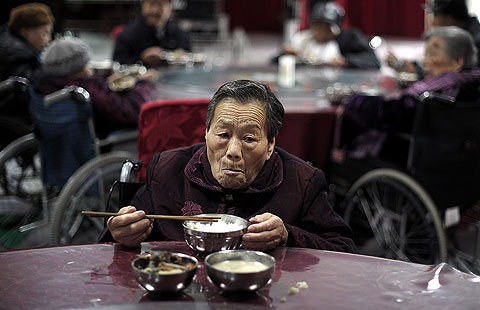
|
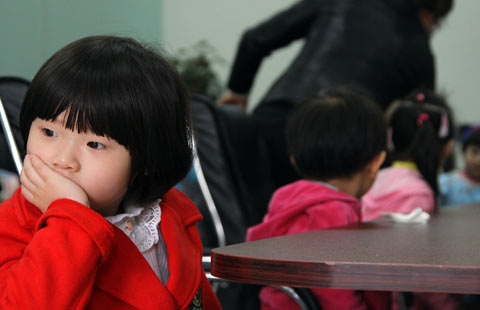
|
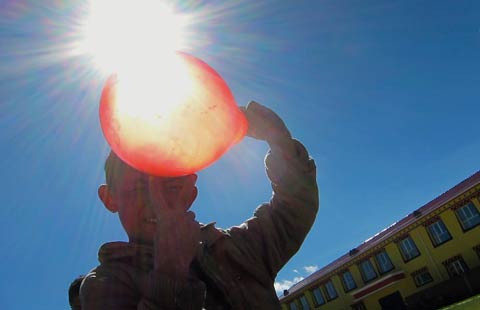
|
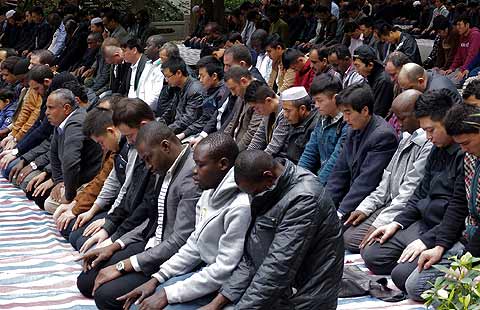
|

|
Today's Top News
Experts discuss about custody of black box
China protests Japanese minister's visit to war shrine
China's financial reforms 'not tough one'
Boao Forum focuses on 'growth drivers' for Asia
Texas firm offers costly air purifier
NBA to play games in China
'Shared responsibility' emphasized
China's envoy: 'Yes, we can!'
US Weekly

|

|








